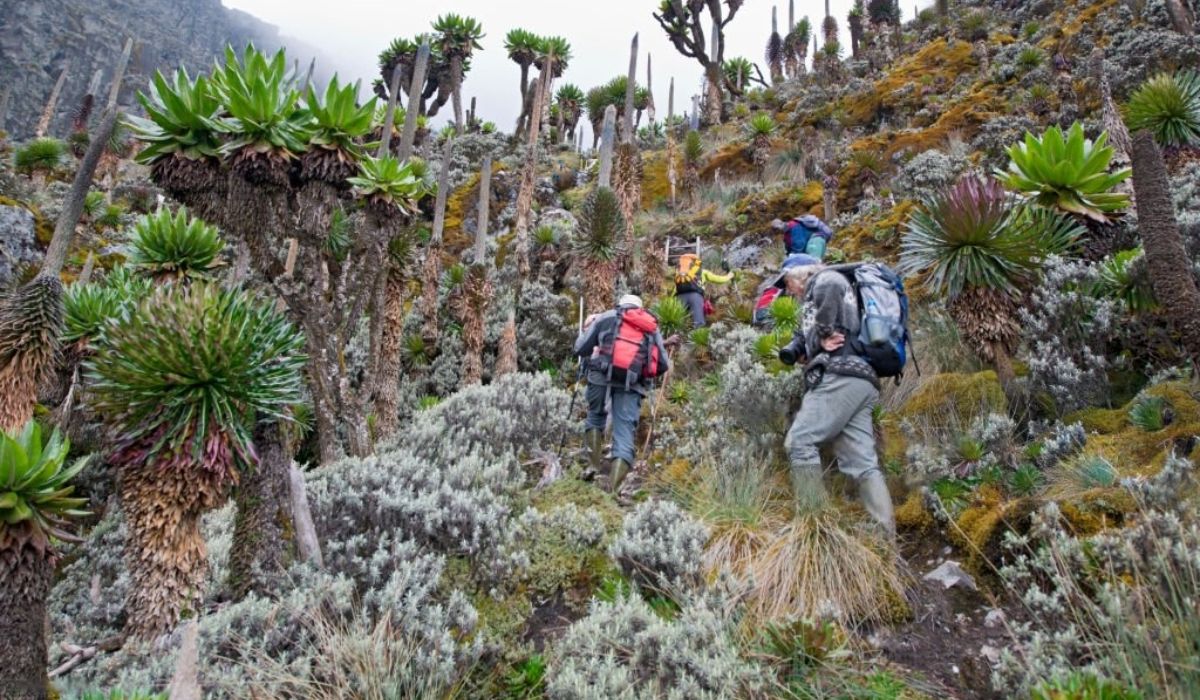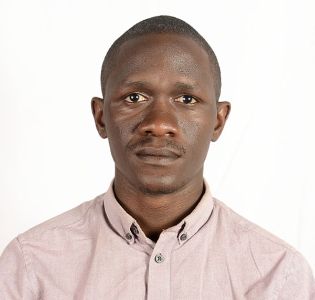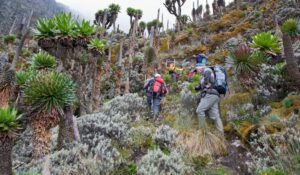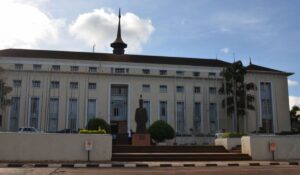For some time, I had promised myself that I would conquer the Rwenzori Mountains. However, knowing of its challenging nature, I kept procrastinating. When I finally made up my mind and shared the idea with my friends, they readily agreed to join me.
Our adventure was organized by Walter’s Tours, a specialist in East African trips. Even though I lacked the proper climbing gear, they provided everything I needed. The Rwenzori Mountains offer three trekking routes: the Kilembe trail, managed by Rwenzori Trekking, which boasts the best huts; the Central circuit, run by Rwenzori Mountaineering Services, a community organization; and the Bukurungi trail, overseen by the Uganda Wildlife Authority. We opted for the Central Circuit.
On the first day, we commenced our journey at the park gates, located at an altitude of 1,600 meters, and trekked through the lower mountain slopes covered with lush forests. After an hour of trekking, as I began to feel short of breath, I pondered, “Hang on, I’ve never excelled at climbing hills, and this mountain is essentially one giant hill. So, why am I doing this?” This realization came a bit late, and one would have thought I might have figured it out earlier.
That night, while lying awake in my bunkbed, dark thoughts plagued me: “What have I done? I’m clearly too old for this, and we’re now stranded on this desolate mountain for the next six days.” I’ve always believed in pushing myself out of my comfort zone, but this time, I wondered if I’d gone too far. The mountain felt like part of another world, devoid of phone signal, traffic, electricity, roads, or any mechanization. Everything was carried up steep trails by human porters (we witnessed hundreds of porters transporting timber to construct a new hut at Elena, 4,500 meters above sea level). By morning, I had psyched myself up for a more positive attitude. After all, I was with my two friends, and it would be a great bonding experience. I can do this.
On the second day, we embarked on another day of trekking. We crossed the Kurt Shafer bridge at the confluence of the Mubuku and Bujuku rivers and continued following the Bujuku river upstream. The bridge, originally built in 1989 but later washed away, had recently been rebuilt. The scenery transformed from forest to bamboo to alpine forest, where the trees were adorned with moss and “old man’s beard” due to the way the moss dripped from the trees, resembling a beard. Our path led us up and down steep rocks interspersed with short boardwalks. By evening, we reached the John Matte hut, situated at an elevation of 3,350 meters, nestled amidst the mountains, offering breathtaking panoramic views. That evening, the mist cleared, and we could see the glacier clearly.
On the third day, our destination was the Bujuku hut at 3,930 meters, overlooking Bujuku Lake, which feeds the river of the same name. We initially encountered a long boardwalk across a swamp, followed by tracing the river to the lake. Here, we found another boardwalk and traversed more bogland beside the lake to reach the hut. Walter from Walter’s Tours Ltd insisted that we all wear Wellington boots because he explained that regular hiking boots would not endure the wet and muddy conditions, and he was right.
However, a communication mishap occurred at this point. The program indicated that we were trekking to the summit via Elena hut, but we were supposed to trek via the Irene route to Irene Lakes, situated 600 meters from the summit. There, we would spend the night in tents and then make the final ascent the following morning. Regrettably, this information was not conveyed, and we mistakenly believed we had only two options: trek to Elena hut, which was in poor repair, stay there for a night, and then summit; or leave at 2:00 a.m. from Bujuku and climb the full 1,100 meters to the peak via the Irene route. We chose the Irene route without realizing we had the option to break the trek into two parts.
Consequently, on the fourth day, we set out at 2:00 a.m. We first retraced our steps through the bog, then began the arduous ascent up the mountain, which involved navigating river beds, clambering over rocks, ascending through a prehistoric forest, and more rock climbing. Our plan was to reach the snowline by 8:00 a.m. and summit around 10:00 a.m., with a return descent along the same route. After climbing for more than two hours, I found myself unable to take more than a few steps before needing to pause due to a lack of oxygen. Although it was equally challenging for my friends (whom I affectionately referred to as Ironman and Batman), they were faring better than I was, and we still had at least six more hours of climbing. When one of the guides suggested that I could either continue attempting to reach the summit or turn back, I decided that turning back was the more sensible choice. I halted my ascent near where we would have camped, as it was 4:30 a.m.
Since it was now dark and descending in the dark was risky, Joel, my guide, recommended that we build a fire and wait until first light to begin our descent. Climbing in the dark and then sitting by a campfire in the dead of night made me realize the vastness of the mountain. At dawn, I was rewarded with the sight of the stunning prehistoric forest scenery, including beautiful crater lakes, rivers, and plant life that seemed to belong to another planet. We returned to the Bujuku hut, where I crawled into my sleeping bag. Willy, our chef, prepared banana fritters to lift my spirits. Around 3:00 p.m., I heard a shout: my friends had returned. It was an emotional moment for me, knowing they had safely reached the summit.
The Rwenzori Mountains exemplify the raw power of nature, putting one’s minor issues into perspective. In my own vulnerability, I also experienced the strength and compassion of the Bakonzo guides who supported me every step of the way. I salute you, Joel, Dennis, Charles, Willy, and your team.







2 Responses
I simply could not depart your site prior to suggesting that I actually enjoyed the usual information an individual supply for your visitors?
Is gonna be again continuously in order to check out new posts
It’s very simple to find out any matter on net as compared to books,
as I found this paragraph at this website.